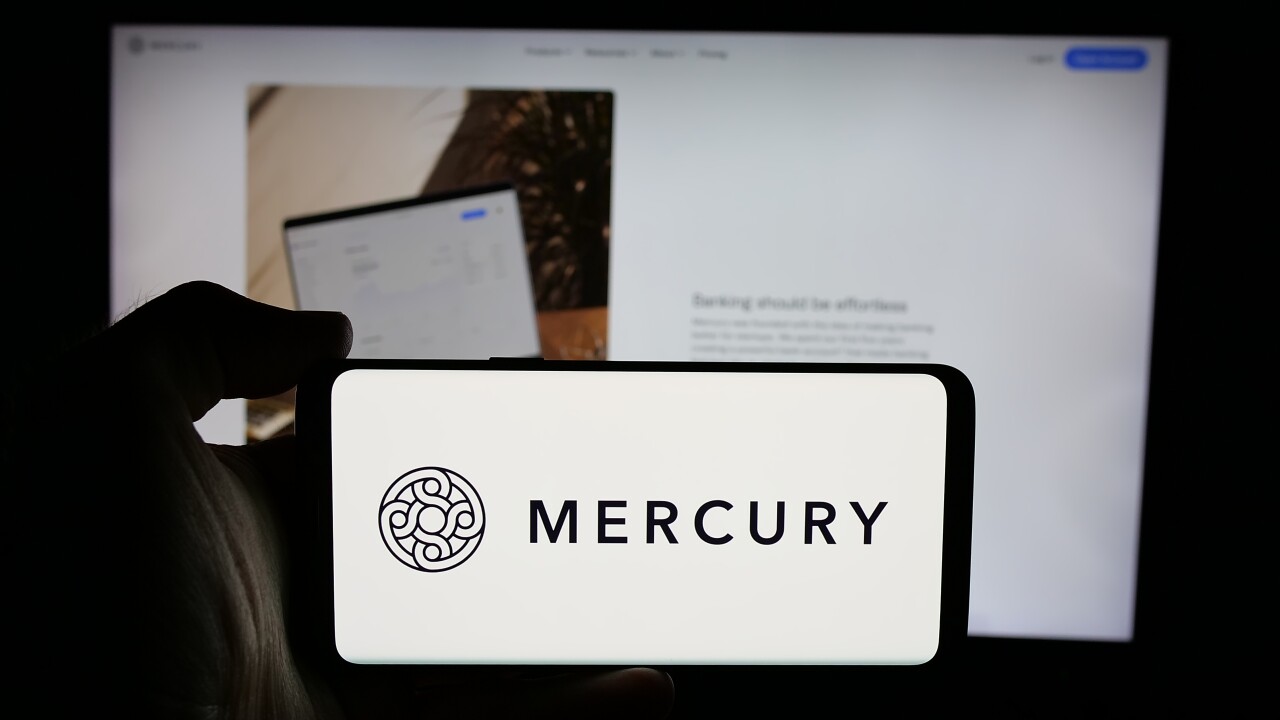When the Durbin Amendment first came to be, at the time it seemed clear that the emerging picture was nothing more than a small flame and a lot of hope. Merchants, on the other hand, saw something significant and fought and won.
Take that momentum, a small passage in a massive bill that no one paid any attention to and add to it the rails of a Visa-approved municipal and university-based pricing model known as "service fees," and the first version of "cash discounting" was born.
An actual service fee was based on the Visa Government and Higher Education Payment Program, which enabled qualified merchants to accept Visa cards in all payment channels and assess a variable service fee as a separate transaction. It's allowed in all 50 states and on all card types, but only seven merchant category codes (MCCs) can participate in the program. It was precisely this name and how it worked that became the foundation of the "hybrid cash discount" model.
Here's an example. A customer walks into their favorite store and picks up an item for $10. The sticker or label clearly states the price. However, when they get to the register and pay with their credit or debit card, a service fee of $.40 is added to the price. When they ask why, they are told that listed prices are the cash prices, which have a cash discount built in, but since they paid with a card, the discount has been removed, and a service fee was placed back in. They then point to the sign at their register that says the same thing.
It makes sense, right? Well, actually, no.
While the scenario above has been tweaked and called different things over the past few years, there is one crucial piece missing. If you go back to the Durbin amendment and look down a few lines after the initial bit on allowing cash discount, you'll see further explanation: The term "discount" means a reduction made from the price that customers are informed is the regular price; and does not include any means of increasing the price that customers are informed is the regular price.
Visa even took it a step further by updating their Core Rules on Cash Discount to eliminate any confusion. According to Visa rule 1.5.4.12 Discount Offer for the U.S., merchants may request or encourage cardholders to use a different payment method through various means, including by offering the consumer an immediate discount from the merchant's list, stated, or standard price; a rebate; a free or discounted product or service, or any other incentive or benefit if the consumer uses a particular general purpose payment card with an acceptance brand other than a Visa card or other particular means of payment.
The key words in this statement are direct and straightforward: "…an immediate discount from the merchant's list, stated, or standard price." There is nothing complicated about it.
The price on the shelf, sticker, or quote includes the cost of credit card processing. If the consumer pays with a means outside of credit or debit, the merchant can provide an immediate discount or in-kind incentive of their choice to the consumer. The only thing that the merchant has to provide is a clear indication of the offer and apply it to the register or POS receipt. This simple definition of a cash discount was always the law's intent, as was the larger cost/benefit to the merchant.
Hybrid cash discount" programs, on the other hand, were created and continue to exist for two reasons: a lack of technology and a lack of understanding. In the beginning, there weren't software solutions that allowed a merchant to implement a true cash discount program, track it cleanly, and enjoy the cost reductions that exist today.
That leads to the second and more important reason why hybrid models are still prevalent in most markets. It's easy to tell a merchant that they can pass along their credit and debit fees, put a sign on the door and at the register, and walk away with much higher profits! This would be fine if it wasn't entirely wrong and could expose merchants to fines and, in some states, litigation.
The bottom line is the card brands universally dislike these hybrid models. They view them as "at-risk" transactions that could put the merchant and their brands in jeopardy, and now Visa is beginning to act. In August of 2020, they announced new a policing policy for noncompliant surcharge programs that could end up costing a merchant thousands of dollars.
Since most of these hybrid programs do not follow the clear guidance of the rules or laws, a merchant is essentially running an out-of-scope surcharging model and has very little recourse except to stop. That is what we all have to do.
The time has come to agree on a few simple facts.
Merchants want these programs. Now more than ever, business owners need ways to invest funds back into their businesses, and these programs can do just that.
Technology has evolved. There are many tangible benefits to running a true cash discount, legal surcharging, or convenience fee program managed with viable software solutions and partners that know how to use them.
Not explaining all of the rules is the same as lying.Regardless of conflated interpretations, the rules are clear and straightforward. Ignoring them opens a merchant to violations, potential fines, and possibly even lost revenue. While a merchant may choose to run a program incorrectly, it is our responsibility as professionals to fully understand what the rules are and communicate the impact if they are not followed.
These enhanced pricing models are a tremendous boon to our industry and clients alike. But it is our responsibility to create fully compliant programs, which in my opinion means it’s time to abandon hybrid cash discount programs. If we innovate solutions rather than just ignoring problems, we will set the industry and small business owners up for lasting success.





